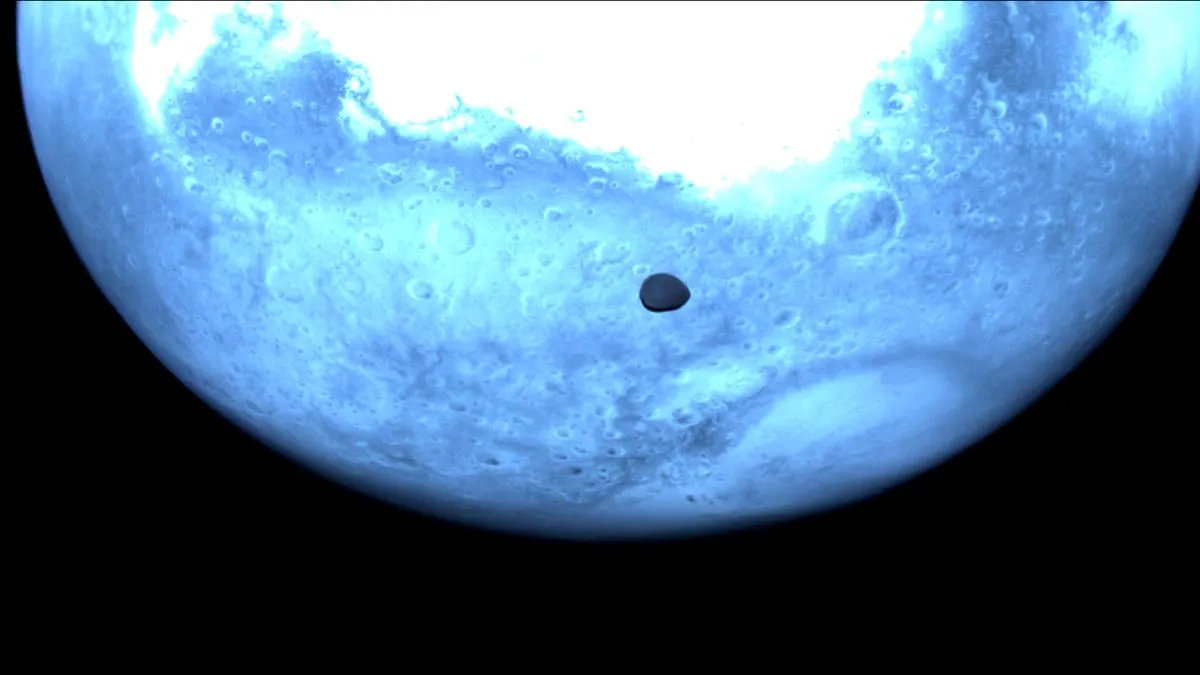
On Wednesday, March 12, 2025, the European Space Agency (ESA) celebrated a significant milestone as its Hera spacecraft successfully conducted a flyby of Mars. This event marked the inaugural use of Hera's advanced science instruments, specifically aimed at imaging Deimos, the smaller of Mars' two moons. The flyby was an essential step in Hera's planetary defense mission, which was launched in 2024 to obtain vital data regarding the asteroid Dimorphos. This asteroid was previously impacted by NASA's DART (Double Asteroid Redirection Test) in 2022.
To efficiently reach its primary target, Hera required a gravity assist, which it achieved by swinging past Mars during its flyby. This close encounter allowed mission managers to power up and test three of Hera's science instruments for the first time. Among these instruments was the Hyperscout H hyperspectral imager, which captured stunning near-infrared images of Mars and its moon Deimos.
During the flyby, Hera was approximately 620 miles (1000 km) away from Deimos, which measures about 7.7 miles (12.4 km) in width. This Martian moon orbits at a distance of around 14,600 miles (23,500 km) from the Martian surface. The image taken showcases not only Deimos but also the bright Terra Sabaea region of Mars, located near the planet's equator. Notable features in the vicinity include Huygen crater, positioned to the bottom right of Terra Sabaea, and Schiaparelli crater to its left. The Hellas Basin, one of the largest impact craters in the solar system, can be seen at the bottom right of the image, making this view particularly remarkable.
Deimos is tidally locked, which means that the same side of the moon is always facing Mars, making this image an extraordinary sight. Hera's Hyperscout H hyperspectral imager operates across a spectrum of hues beyond human visual capabilities, allowing it to observe the same target in 25 visible and near-infrared spectral bands. This advanced imaging technology enables scientists to better characterize the surface materials of both Mars and its moons, opening new avenues for research and exploration.
To dive deeper into the details of Hera's flyby of Mars, and to reflect on the spacecraft's launch in 2024, be sure to explore additional resources and updates provided by the European Space Agency. This mission not only enhances our understanding of the Martian system but also plays a crucial role in the broader context of planetary defense.